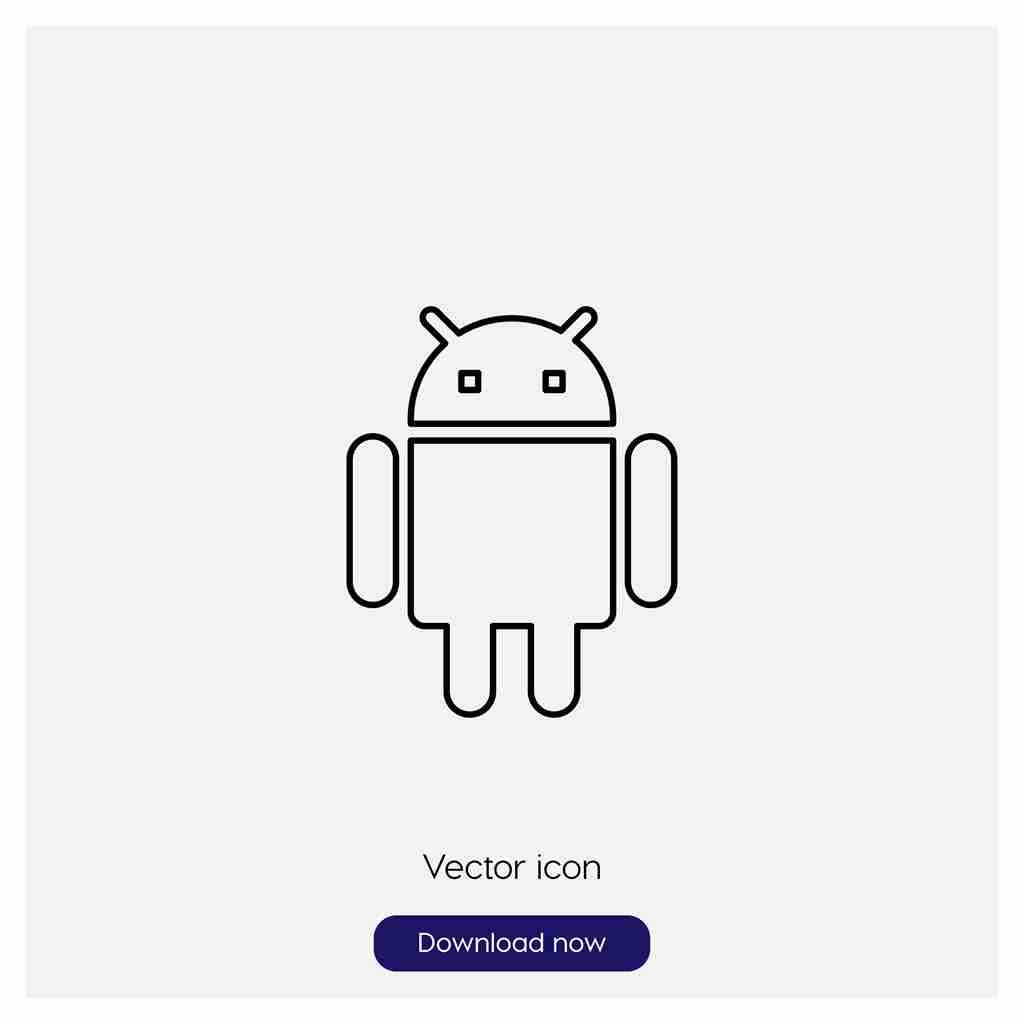Content
The cloud infrastructure is shared by several organizations and supports a specific community that has shared concerns (e.g., mission, security requirements, policy, and compliance considerations). This helps to further reduce cost as compared to a private cloud, as it is shared by large groups. The COVID-19 pandemic has accelerated business journeys to the cloud as workers connected to resources from home. During this process, different cloud deployment models had to be taken into account, with the speed of adoption commonly being the number one priority for many businesses. Within both traditional on-premises and cloud software deployment models, there are a number of options available. The above study indicates that the deployment model is effective for an on-premises data centre and managing information in the Google cloud.

The services provided by vendors can be classified in three models that actually depict how services are being provided to the customers. The Cloud is a Network of servers that is accessed over the internet. These servers are located in datacenters all over the world and are designed to store and manage data, run apps, and deliver content such as email or videos. Spacelift is an alternative to using homegrown solutions on top of a generic CI. It helps overcome common state management issues and adds several must-have capabilities s for infrastructure management. Cloud Computing allows the users to use web services and resources on demand.
Disadvantages of Public Cloud Deployments
The hybrid cloud deployment model combines an on-premises private cloud with a public cloud. This makes it possible for data and applications to move between the two environments. The Hybrid Cloud is a combination of both public and private clouds. Very few companies and organizations can migrate their tech stack to cloud computing rapidly in one go. Hence, Cloud vendors came up with a hybrid cloud that offers a smooth transition with public and private cloud facilities.

● You get the scalability of the public cloud and the pricing structure; you only pay for the services you ask for. It requires maintaining its infrastructure in-house, leading to staff training and spending a lot on hardware and software. From big companies to pizza shops next to your door, everyone moves their data to the cloud. Zettabytes of data has already been migrated to cloud servers from on-premises systems, and this number is still growing at an exponential rate.
Change Control
You have complete command over service integration, IT operations, policies, and user behavior. There is no significant upfront fee, making it excellent for enterprises that require immediate access to resources. It works on the Pay as You Go model, so you don’t have to pay for items you don’t use. Vendor lock-in is also a concern that users always have, but in practice, they live with it.
Businesses today rely on a complex ecosystem of IT services and applications—each one with its own set of requirements for privacy, availability, and cost. But it’s how your business uses the cloud that can give you a real critical advantage. Each organization uses what is known as a tenant, which makes it possible to share the same hardware, storage, and network devices with other businesses. You only need a web browser to access services and manage your account. Web-based email, online office applications, storage, and testing and development environments are some common types of Public Cloud Deployments.
Hybrid Cloud Model
Organizations can move data and applications between different clouds using a combination of two or more cloud deployment methods, depending on their needs. •Hybrid cloudIn a hybrid cloud, an organization makes use of interconnected private and public cloud infrastructure. Many organizations make use of this model when they need to scale up their IT infrastructure rapidly, such as when leveraging public clouds to supplement the capacity available within a private cloud. For example, if an online retailer needs more computing resources to run its Web applications during the holiday season it may attain those resources via public clouds. The first port of call for any organization looking to adopt cloud services is to understand the available deployment models.

These include items such as your networking bandwidth, computational capabilities and data storage. We’ll look at the outlined deployment types as well as key details that you need to be aware of, and hopefully help you to figure which cloud deployment model is best for you. They are the sole person with access to the hardware and software and its attendant resources. The single user of a private cloud also enjoys a high level of control and flexibility, allowing them to customize it to their exact needs and preferences.
Deployment Models
To avoid any disaster and disruption in the working of applications, two different clouds are used. Once a business decides to migrate its network to the cloud, the next step is to identify the most suitable cloud infrastructure types of cloud deployment models for its mission-critical applications. Companies should factor in useability, benefits, disadvantages, cost-efficiency, use cases, and the size of their organization when comparing different cloud deployment models.
Mobile users in the Private cloud will not be able to connect to the needed business functions whenever they want. The extensive network of your provider’s servers ensures your infrastructure is constantly available and has improved https://globalcloudteam.com/ operation time. Public clouds are available to the general public, in which the data is created and stored on third-party servers. Is an environment where the private and public services are used together to create value.
Cloud Deployment Models: Everything about Public, Private and Hybrid
This type of cloud is managed by cloud services provider offering services to the consumers on pay-per- use basis. Consumers are considered authorized by default, so security and privacy are big issues in it. In the real world, new businesses and startups will commonly opt to fully adopt the public cloud where possible.
- All the models are explained in a way that is easy for anyone to understand with just a basic knowledge about cloud.
- A hybrid cloud deployment model combines public and private clouds.
- Forward-thinking companies have identified the cloud as an accomodating solution for their new fully remote workforce due to its dynamic flexibility and scalability.
- The cloud infrastructure is shared by several organizations and supports a specific community that has shared concerns (e.g., mission, security requirements, policy, and compliance considerations).
- The fixed amount of data storage and bandwidth is shared among all community members.